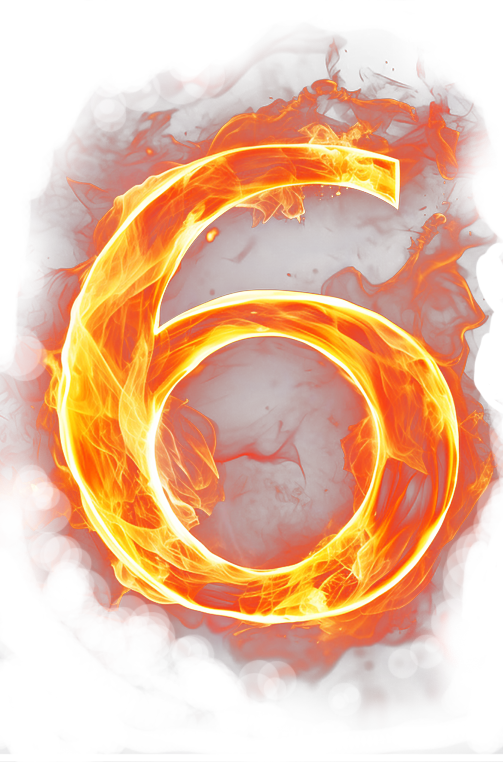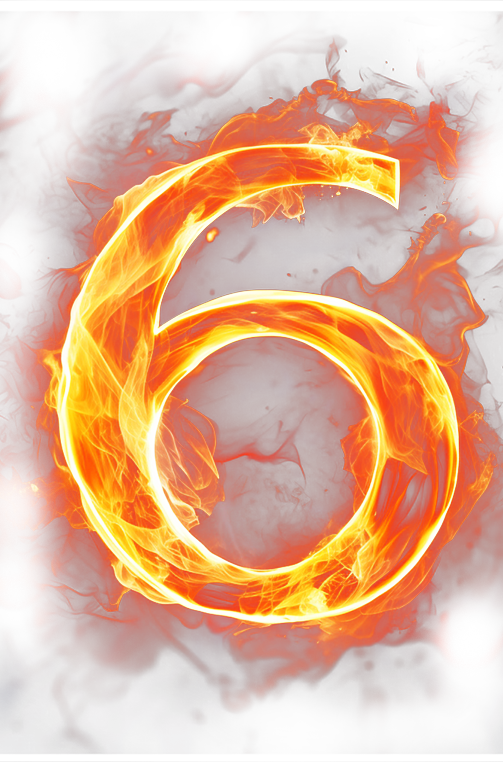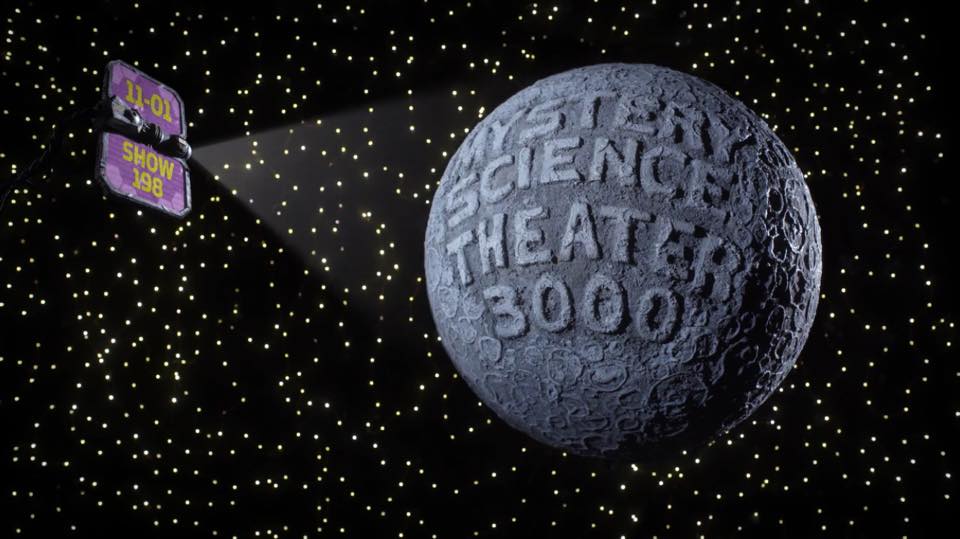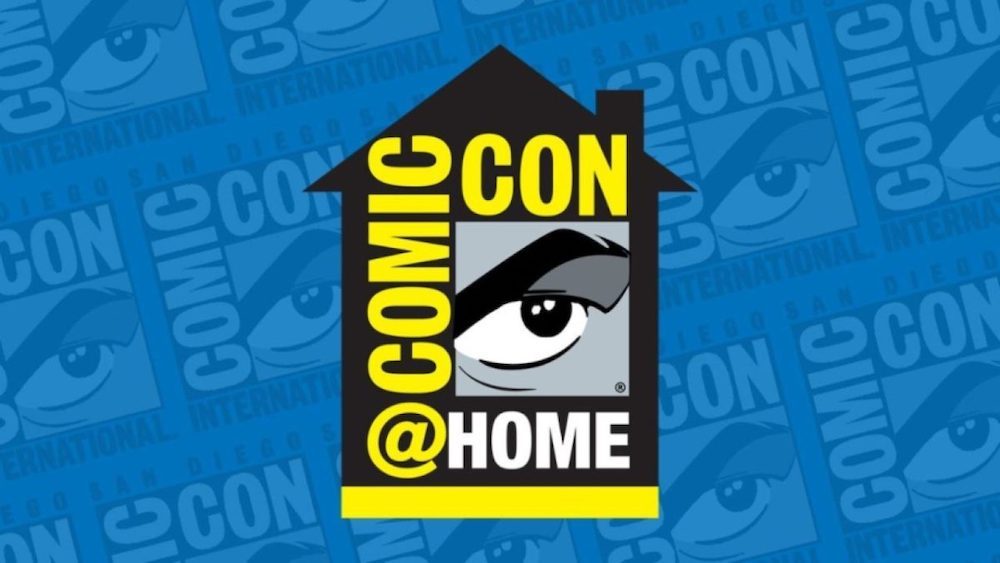 I’m sorry. I’m so so sorry. But I don’t think I know who you are anymore.
I’m sorry. I’m so so sorry. But I don’t think I know who you are anymore.
Towards the end of last Saturday’s Doctor Who episode, when Peter Capaldi took over the TARDIS, Clara Oswald was still having problems dealing with the 12th Doctor’s new face and attitude. This was surprising, since she met two other Doctors in the 50th anniversary special, and, supposedly, helped all the other Doctors as the Impossible Girl.
Maybe she couldn’t accept an older Doctor, after the young and impetuous Eleventh Doctor she had always known.
Then, she gets a surprising phone call…from Eleven, calling from Trenzalore. He gives her this piece of advice: “Clara, please. Hey, for me. Help him. Go on. And don’t be afraid.”
It’s good advice, but why was this done?
In an interview with Doctor Who TV, writer and show-runner Steven Moffat said he decided the phone call to Clara felt right: “I did wonder. I wondered when we sat in the cutting room, ‘Does this seem strange?’”, he said. “And then you remember you’re making Doctor Who and you go, ‘Yes this does seem strange – that’s absolutely fine!’”
While current fans may have liked it, long-time fans may have thought it was kind of a cheat. When a companion witnesses a regeneration, he or she just had to accept what happened, and hope the new Doctor would recover as soon as possible. That’s how it’s been handled for 50 years.
When Ben and Polly saw the First Doctor regenerate at the end of “The Tenth Planet” in 1966, Ben was surprised that the Doctor could get a new body after the old one was “wearing a bit thin”. They’re also surprised by his new personality, which includes some eccentric things like playing a recorder. Once they meet some Daleks, however, the Second Doctor is on the case
new body after the old one was “wearing a bit thin”. They’re also surprised by his new personality, which includes some eccentric things like playing a recorder. Once they meet some Daleks, however, the Second Doctor is on the case
In 1970, Doctor Who had a new lead, Jon Pertwee, and new companion, Caroline John, in “Spearhead From Space.” Here, the Doctor has to deal with many different changes: a new face, a new job at UNIT, the fact his TARDIS has been disabled, for the time being, and the Autons, aliens who try to replace key officials with plastic copies. Again, aside from an attempt to escape, the Doctor recovers long enough to battle the invasion.
When Tom Baker took over in 1974 in “Robot”, his new form showed more of an eccentric personality. He still seemed to recover fairly quickly to deal with the threat of a mechanical man. Sarah Jane Smith, the companion back then, spent much of her time investigating who was manipulating the robot. It also seemed to be more like a Pertwee story anyway, complete with Bessie (the Third Doctor’s old car).
Seven years later, Peter Davison had his first Doctor Who story with “Castrovalva”. This was the Doctor’s most challenging regeneration yet, but it was also difficult for his companions Tegan, Adric and Nyssa. After they had to leave Earth, they also had to somehow pilot the TARDIS. Then, they almost get sent back to the Big Bang thanks to a trap by the Master, while Adric disappears. They wind up in Castrovalva, a place where the Doctor could recover. However, it’s turns out to be a fake place created by Adric’s mathematical skills and some computer technology from Logopolis taken by the Master. The Doctor doesn’t become well enough until the third part of the four part story. It may make sense, since the producers had a tough chore selling on a younger Doctor.
 This was followed in 1984 by “The Twin Dilemma”. This time, Colin Baker gave fans a Doctor whose personality was as loud and agressive as his costume. For once, he also liked his new face. However, he attacks his companion Peri, mistaking her for an evil fairy, then thinks he should be a hermit. The story itself involves the kidnapping of twins by an alien named Azmael, who wants to use their mathematical skills in an attempt to move planets. Peri spends much of the time trying to teach the Doctor some manners, and being threatened by Mestor, a Gastropod who took over Azmael’s planet. It’s telling that the last line of the episode is “I am the Doctor, whether you like it or not.” The fans did like him, of course, but Baker’s run was cut short by production disputes (including a fear the show would be cancelled), and a long 18-month period in between seasons .
This was followed in 1984 by “The Twin Dilemma”. This time, Colin Baker gave fans a Doctor whose personality was as loud and agressive as his costume. For once, he also liked his new face. However, he attacks his companion Peri, mistaking her for an evil fairy, then thinks he should be a hermit. The story itself involves the kidnapping of twins by an alien named Azmael, who wants to use their mathematical skills in an attempt to move planets. Peri spends much of the time trying to teach the Doctor some manners, and being threatened by Mestor, a Gastropod who took over Azmael’s planet. It’s telling that the last line of the episode is “I am the Doctor, whether you like it or not.” The fans did like him, of course, but Baker’s run was cut short by production disputes (including a fear the show would be cancelled), and a long 18-month period in between seasons .
Sylvester McCoy’s first story, “Time and the Rani,” was very interesting. The Rani, a renegade Time Lord, used the Doctor’s post-regeneration condition to trick him into thinking she was his companion, Mel Bush, as part of her plans to manipulate time and cause major destruction. Once he is reunited with the real Mel, she figured out he’s the real Doctor by feeling his double pulse. Her acceptance of his new form is rather quick, because she mentions she knows about regenerations from the “Trial of a Time Lord” arc. McCoy started out to be a clown-like figure, but soon changed into a darker and more intriguing Doctor.
After this, showing regenerations took a different turn. The arrival of Paul McGann as the Eighth Doctor came in the Fox reboot in 1996. The  Doctor is shot in a gang shooting in San Francisco, then regenerates in a morgue. Just like in “Spearhead From Space”, the movie had to introduce a new Doctor and a possible new companion in Dr. Grace Holloway. People were surprised to see them kiss at the end, but she doesn’t travel with him. When Christopher Eccleston appears as the Ninth Doctor in “Rose”, it’s only implied that he recently regenerated. We don’t see it happen until the end of “Night of the Doctor”.
Doctor is shot in a gang shooting in San Francisco, then regenerates in a morgue. Just like in “Spearhead From Space”, the movie had to introduce a new Doctor and a possible new companion in Dr. Grace Holloway. People were surprised to see them kiss at the end, but she doesn’t travel with him. When Christopher Eccleston appears as the Ninth Doctor in “Rose”, it’s only implied that he recently regenerated. We don’t see it happen until the end of “Night of the Doctor”.
The next regeneration story was “The Christmas Invasion”, and the arrival of David Tennant. The Doctor tries to battle the Sycorax, who want to use humans as slaves. As usual, the Doctor starts out confused, and it’s up to Rose, Mickey and Jackie to hold off the aliens (shades of “Castrovalva”). However, spilled tea actually brings him around. The episode is better than most regeneration stories because we see the Doctor actually lose a hand, and get a new one. The hand itself will be useful later in the series. He also has a hand in changing the British government when he disagrees with Prime Minister Harriet Jones’ decision to blow up the Sycorax’s ship.
 After Tennant leaves in 2009, Matt Smith takes over in “The Eleventh Hour”. For the first time since 1970, the show introduces a new Doctor and a new companion in Amy Pond. Surprisingly, the show has the Doctor meet his new companion as a young girl, and then as an adult. Of course, he’s again in the middle of a major crisis, as the Earth is threatened with destruction by the Atraxi if it doesn’t give up an escaped prisoner. Once he addresses the Atraxi on who he is, and picks out his trademark bow tie, a new Doctor is ready to be on the job.
After Tennant leaves in 2009, Matt Smith takes over in “The Eleventh Hour”. For the first time since 1970, the show introduces a new Doctor and a new companion in Amy Pond. Surprisingly, the show has the Doctor meet his new companion as a young girl, and then as an adult. Of course, he’s again in the middle of a major crisis, as the Earth is threatened with destruction by the Atraxi if it doesn’t give up an escaped prisoner. Once he addresses the Atraxi on who he is, and picks out his trademark bow tie, a new Doctor is ready to be on the job.
So what about that phone call Clara got?
The decision does make sense for this run of the series. In the 21st Century, there hadn’t been an older Doctor, aside from the War Doctor in “Day of the Doctor.” Therefore, the fans who started watching in the past ten years would benefit from the final appearance of Eleven.
Still, it’s likely the older fans would say that phone call isn’t needed. After all, Ben, Polly, Sarah Jane, Tegan, Peri and Mel all had to understand that even Time Lords must change, just like people we thought we knew often change for one reason or another.
No matter how much debate that phone call will generate, though, one thing is clear. The first real test of a new Doctor is not his first story, but his second one. That’s when he has to show his new form is still able to protect the universe and entertain us. Capaldi has that job, as he clashes with the Daleks for the first time this week.
Watch for our review of that and the rest of the season. Doctor Who airs Saturday nights at 9 PM Eastern and Pacific on BBC America.







![A Series of Unfortunate Events returns for its final [most dreadful] season](https://sixdegreesofgeek.com/wp-content/uploads/2018/12/12_2018_ASOUE_S3_Vertical-Main_RGB.jpg)




“When Christopher Eccleston appears as the Ninth Doctor in ‘Rose’, it’s
only implied that he recently regenerated. We don’t see it happen until
the end of ‘Night of the Doctor’.”
No, we see the Eighth Doctor regenerate in “Night of the Doctor”…into the War Doctor. We don’t see the regeneration into Eccleston’s Doctor until “Day of the Doctor”.
I thought it was talking down to the viewers. I liked that we just stepped into the new Doctor and that there’s approximately 1100 years we haven’t been with him since the last time. It’s like going back to the beginning: so much of his recent history will show up in future stories, affecting new storylines.
https://www.youtube.com/watch?v=-U3jrS-uhuo
The Night of the Doctor: A Mini Episode – Doctor Who: The Day of the Doctor Prequel – BBC